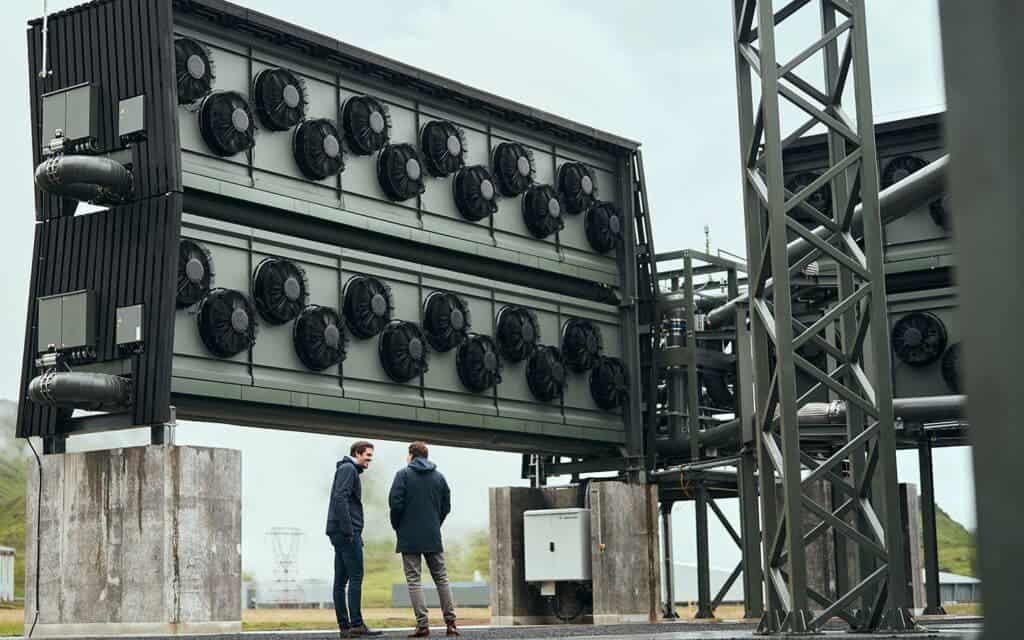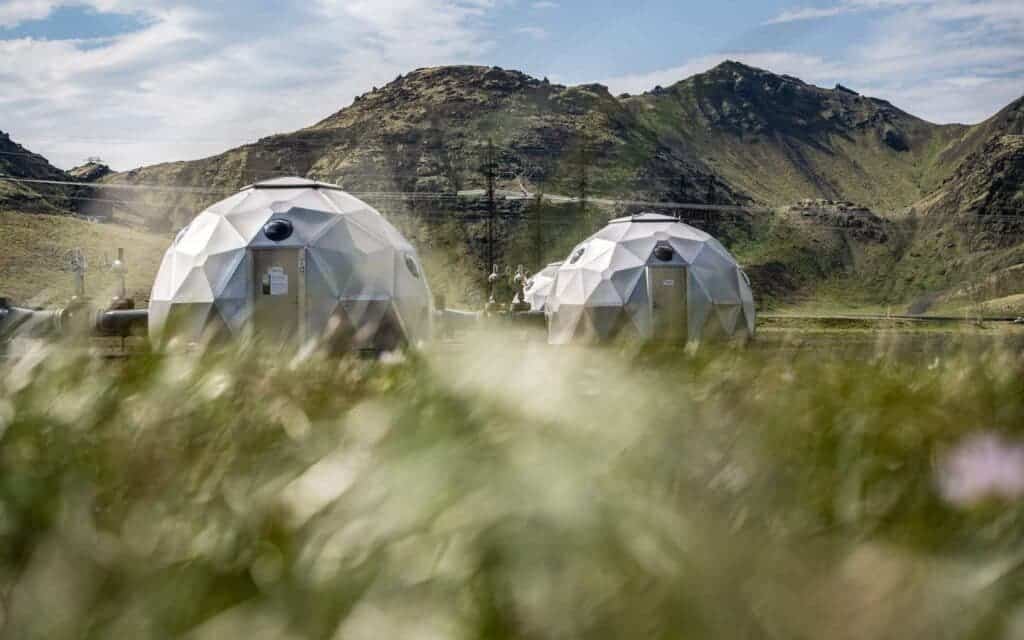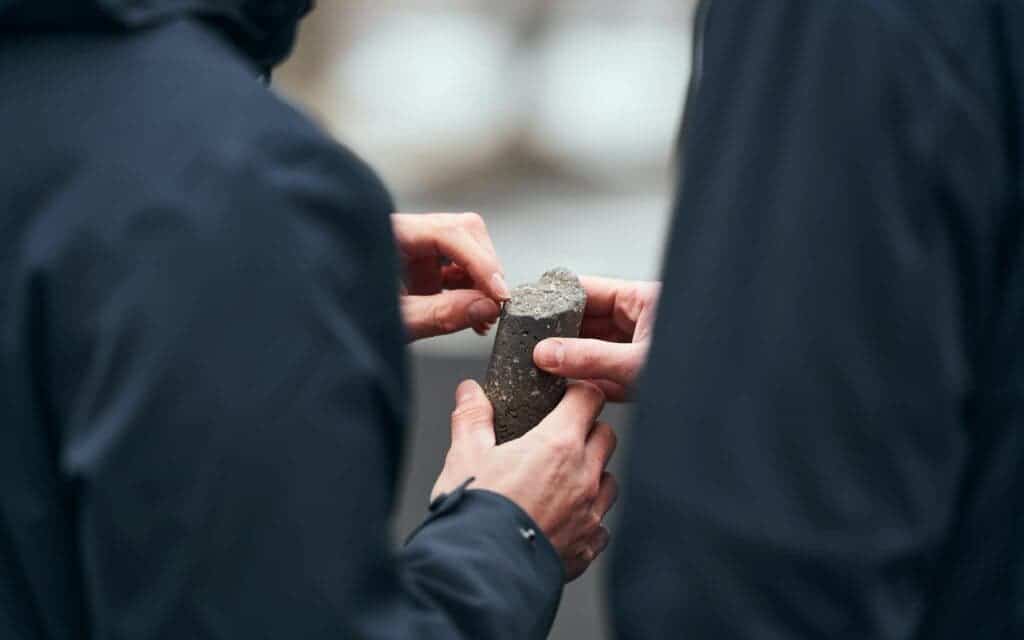A facility in Iceland is taking atmospheric carbon dioxide (CO2), the main culprit of climate change, and injecting it into volcanic rocks deep underground. While this is still early days and the volume of CO2 isn’t too great, this type of technology could be very important in the future.

Even if we’d magically stop all our greenhouse gas emissions tomorrow, the inertia of our past emissions would still push the planet to warm a bit. If we continue “business as usual”, things will be way worse. So why don’t we just take greenhouse gases out of the air and store them somewhere safe where they can’t contribute to global warming?
The idea is not new, but of course, it’s easier said than done. Separating out the right gases, processing them, and storing them somewhere where they can’t escape back into the atmosphere are all big challenges — and doing them all together is even more demanding. But a company working in Iceland is not deterred.
Climeworks is a Swiss company specializing in carbon dioxide air capture technology. They’ve recently built a plant in Iceland called Orca that can capture 4000 tons of CO2 per year, making it the biggest climate-positive facility in the world.
Orca (the Icelandic word for energy) lies near the Hellisheiði Power Station — the third largest geothermal power plant in the world. It consists of eight containers stacked up two by two; fans in front of a collector draw ambient air, the air passes through a selective material that collects CO2, and the CO2-depleted air is then released at the back. It’s a bit like “mining” the sky for CO2 — simple in principle, though very difficult to implement.
What happens next is also not exactly simple. After the filter is full, it’s heated to around 100 degrees Celsius to clear the CO2 of any impurities, and then piped underground a distance of three kilometres (1.8 miles) to dome-shaped facilities in a moon-like landscape where it is dissolved in water and then injected under high pressure into basalt rock 800-2000 meters deep. The injection facility was developed by Carbfix which pioneered underground carbon storage.

The dissolved solution starts filling the cavities of the subsurface basalt and reacting with the rock, solidifying and turning into minerals in about two years.
To do this, you need the right geology, and Iceland offers just that. Much of Iceland is a basaltic field, where this dissolved gas can be safely injected. The only way the CO2 would be released into the air is in the case of a volcanic eruption, but the injection site was chosen in an area where the risk of an eruption is very low.

However, as exciting and promising as this technology is, it won’t save us from climate change on its own. While Orca can suck up to 4000 tons of CO2 per year, the yearly global emissions are around 33.4 billion tons of CO2 — so the plant can dispose of 0.00001% of our yearly emissions. Climeworks says this is mostly a trial and it will achieve megaton removal capacity in the second part of the decade, but even one megaton is still a very small percentage of our emissions. To make matters even more complicated, the process is costly and requires large amounts of energy. While the plant is run on renewable energy, this still makes scaling more difficult.
In fact, carbon capture is making such a small dent in our total emissions that critics have argued that it’s a costly distraction from the real policy measures needed to fight climate change. It’s true that only reducing our emissions can prevent catastrophic climate change, but “you have to learn to walk before you can run,” says Julie Gosalvez, in charge of marketing for Climeworks.
Carbon storage is just emerging as a technology. It won’t help us fix climate change yet, but it can be important down the line — provided we have the right conditions for it. The only way it can work is if the world implements a carbon tax, and extracting carbon from the air is incentivized. This makes economic sense, but for now, there’s no such carbon tax on the horizon.


